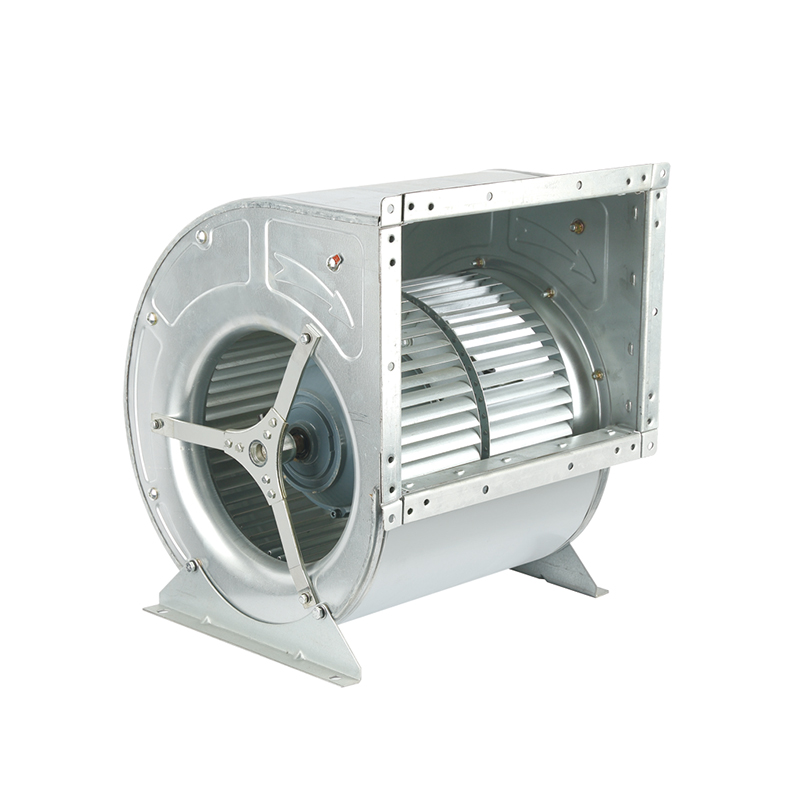Qinlang focuses on providing high-quality products and considerate services, and is committed to meeting every expectation of our customers.
The DKT-133 Cooling Ventilation Double Inlet Air Conditioning Fan is d...
See DetailsAmong common types used in residential, commercial, and industrial applications are cooling AC fans and cooling exhaust fans. While both are essential in regulating temperature and ensuring adequate airflow, their purposes, designs, and operating environments vary significantly. Another crucial player in this domain is the cooling blower fan, which often complements or bridges the gap between the two.

Let's start with the cooling AC fan. This type of fan is specifically designed to work within or alongside air conditioning units. The primary role of a cooling AC fan is to help transfer heat from the condenser coil to the surrounding air. In simpler terms, it pushes out the hot air generated by the AC's cooling process, allowing the system to function efficiently. These fans are built for continuous operation and are crucial for maintaining the cooling cycle in HVAC systems.
In contrast, a cooling exhaust fan is used to expel hot or stale air from a room or enclosure to the outside. This fan type is not necessarily connected to an AC system. Instead, the cooling exhaust fan is commonly installed in areas that need constant airflow to remove excess heat, humidity, or odors—such as kitchens, workshops, or server rooms. The goal of a cooling exhaust fan is to improve indoor air quality and prevent the buildup of heat.
Now, where does the cooling blower fan fit in? A cooling blower fan is typically used when targeted airflow is needed. Unlike the axial design of many AC or exhaust fans, the cooling blower fan uses centrifugal force to direct air through ducts or over specific components. You'll often find a cooling blower fan in electronics, car HVAC systems, and industrial machinery. Its design allows for high-pressure airflow, making it ideal for confined or complex cooling applications.
One key difference between the cooling AC fan and the cooling exhaust fan lies in the direction and purpose of airflow. A cooling AC fan generally moves air over coils to help cool refrigerant, while a cooling exhaust fan removes heat from a space entirely. Meanwhile, the cooling blower fan is all about precise control and directed flow, often used in applications where traditional fans won't suffice.
Another point of comparison is installation. The cooling AC fan is typically part of a larger air conditioning system and requires integration with electrical components and cooling coils. A cooling exhaust fan, on the other hand, can be wall-mounted or installed in windows and ceilings, often working independently. The cooling blower fan is more versatile in placement and can be embedded within equipment or mounted inside ductwork.
Durability and operational load are also worth considering. Since a cooling AC fan operates in tandem with compressors and condensers, it is built to handle high temperatures and continuous cycling. A cooling exhaust fan might not run 24/7, but it needs to handle dusty or moist air. Meanwhile, the cooling blower fan is engineered to maintain performance under pressure, especially in enclosed or restrictive environments.
While all three—cooling AC fan, cooling blower fan, and cooling exhaust fan—serve to manage temperature and airflow, they do so in very different ways. Choosing the right one depends on your specific needs: whether it's heat exchange in an air conditioner, air removal from a room, or focused cooling in equipment. Understanding these differences will help you select efficient and appropriate solution for your application.